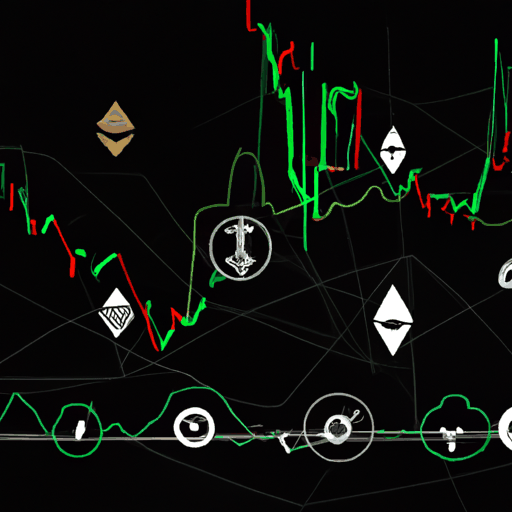
Bitcoin's 140K Milestone: A 50% Possibility This October
By: Isha Das

As Bitcoin continues to make headlines with its incredible price surges, leading economists and analysts speculate about its potential to breach new highs. Economist Timothy Peterson's recent simulations, which take into account Bitcoin's performance over the last decade, suggest a 50% chance that Bitcoin could reach $140,000 by the end of October. This projection is underpinned by an analysis of historical price movements and October's traditionally bullish nature, which has often seen significant percentage gains.
October has historically been one of the strongest months for Bitcoin, often termed "Uptober" due to its consistent upward trends. Since 2013, October's average gains have been about 20%, with movements driven by factors such as investor sentiment and macroeconomic policies. Bitcoin has already set a new all-time high at $126,200 earlier this month, necessitating only a 14.7% increase from its current levels to reach the speculated $140,000 mark.
Simulations run by Timothy Peterson demonstrate the utility of data-driven predictions, steering away from human emotional bias. These forecasts account for Bitcoin's price volatility and rhythm, providing a structured approach to understanding potential outcomes. Despite these forecasts, the cryptocurrency market is notorious for unpredictability, influenced by regulatory decisions and macroeconomic shifts, which have historically caused diverging price paths.
Interestingly, the broader market sentiment remains overwhelmingly bullish. Influential figures like Anthony Pompliano have expressed optimism, correlating Bitcoin price movements with ongoing monetary policies by governments and central banks. As global economic strategies evolve, many view Bitcoin as a viable hedge against currency devaluation, fueling an ongoing demand for the leading cryptocurrency. With these perspectives in mind, industry stakeholders continue to observe the crypto market's developments closely.



